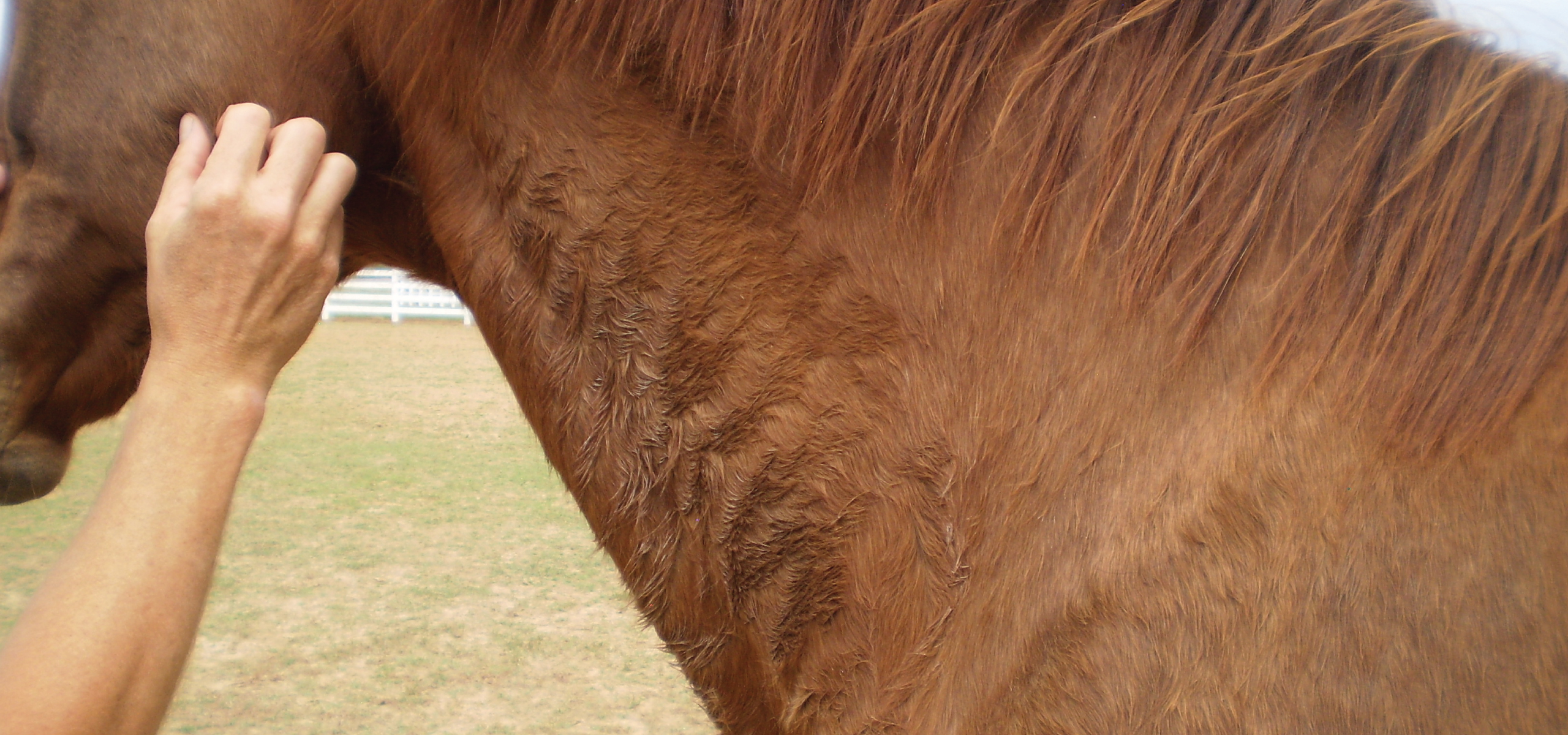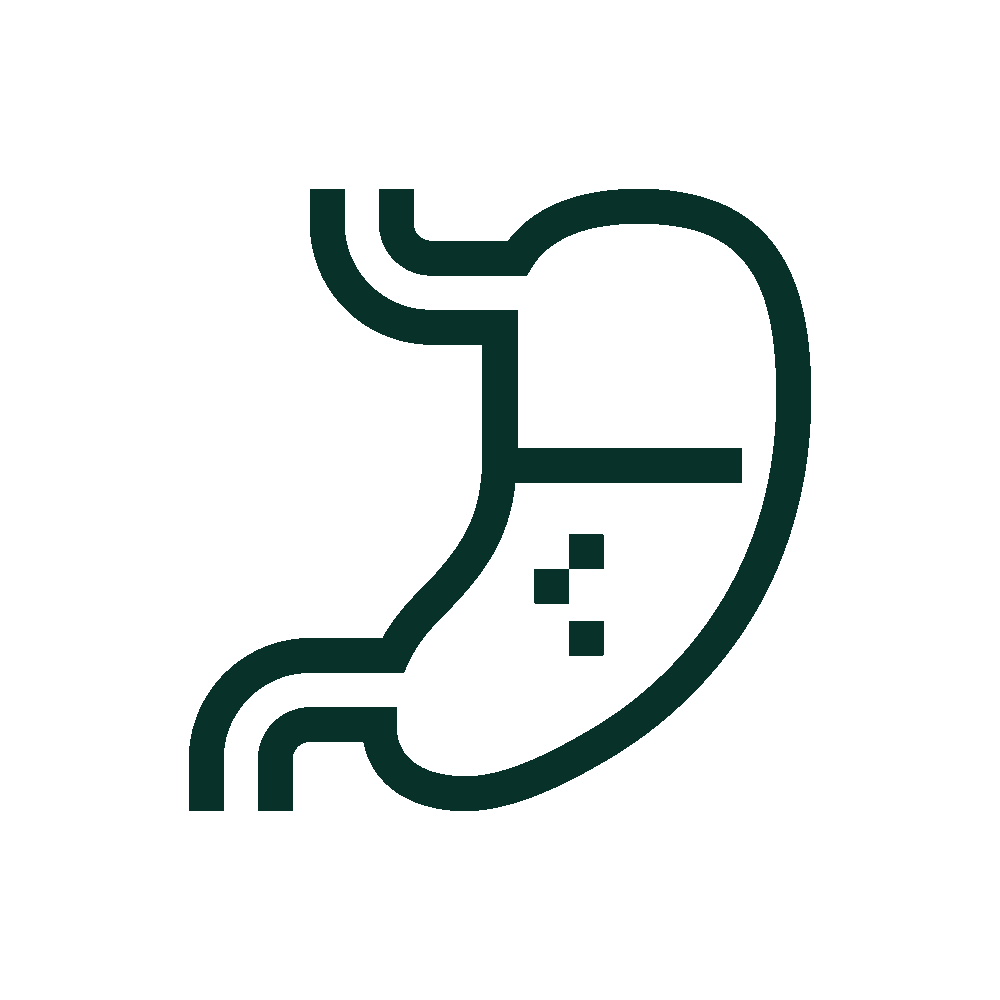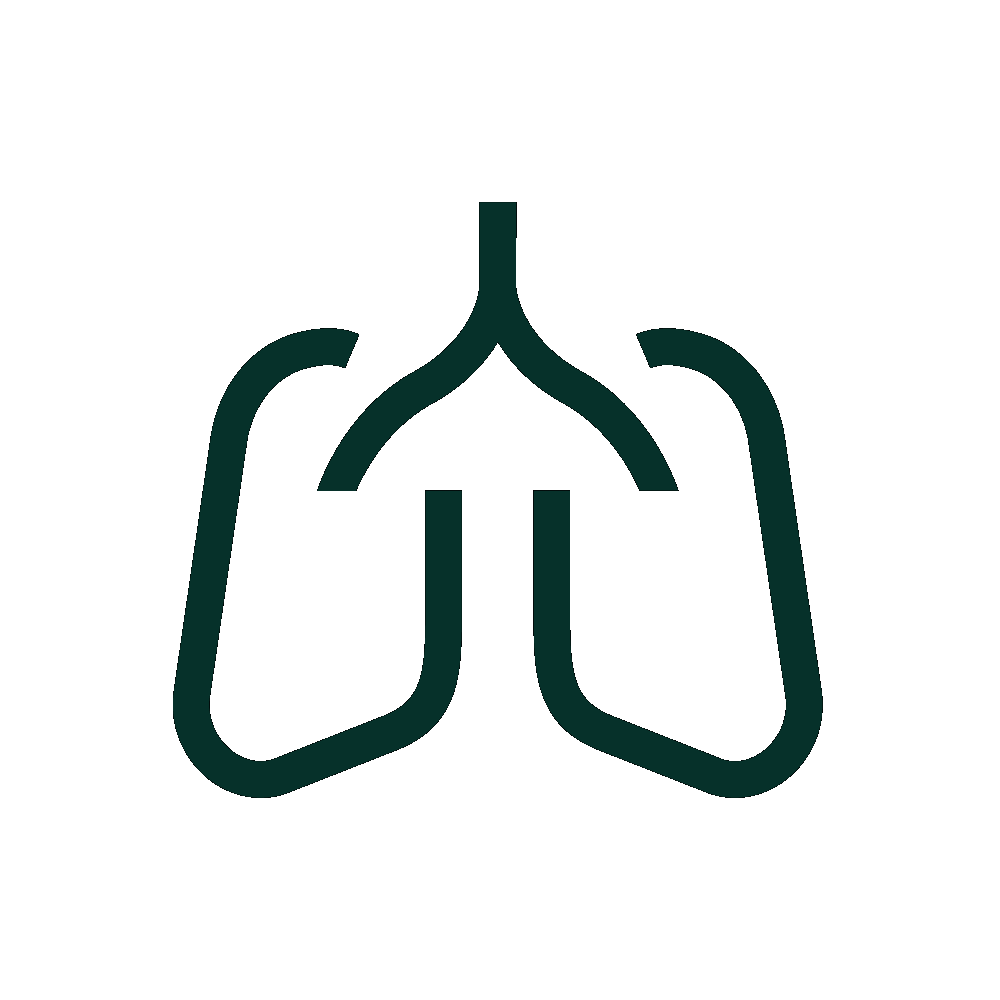Recognizing Signs of PPID
by Boehringer Ingelheim / May 17, 2024

Recognizing Common Clinical Signs of PPID
Pituitary pars intermedia dysfunction (PPID), formerly known as equine Cushing’s disease, is a serious and progressive neurodegenerative disorder. Affecting roughly 21% of horses 15 years and older, PPID affects the hormone production pathways in the hypothalamus and the pituitary gland, resulting in increased hormone levels.1
While most common in older horses, PPID has, on rare occasions, been diagnosed in horses as young as five years old. Being able to recognize the early and advanced clinical signs of PPID is important to maintaining your horse’s overall health.2 The sooner you recognize the signs, the sooner you can get a diagnosis and begin treatment.
1. Change in Attitude
One of the early signs of PPID is a change in a horse’s overall attitude. Often, horses become lethargic and uninterested in their usual activities. Horse owners and caretakers know their horses best, and should communicate any noticeable changes in attitude to their veterinarian.
2. Decreased Performance
Another early clinical sign of PPID is decreased performance. In addition to lethargy, horses may suddenly begin stopping at fences, showing an unwillingness to go forward, and generally be more sluggish.
3. Abnormal Sweating
PPID may cause sweating dysregulation. Take note if your horse is sweating either more or less than is typical; both can be early signs of PPID.
4. Loss of Topline Muscle
Topline muscle loss can be seen in older horses, but it should not be overlooked as a potential sign of PPID. Your veterinarian can help determine if the cause of muscle loss is due to age or an underlying condition.
5. Delayed Shedding
Horses with PPID may shed their winter coat later than other horses in the same barn or herd. Delayed shedding may start on the legs, and under the throatlatch, before becoming more widespread as the disease advances.
6. Generalized Loss of Muscle Mass
While horse owners may, at first, attribute general loss of muscle mass to aging, they should contact their veterinarian, as this can also be an advanced clinical sign of PPID.
7. Increased Urination or Thirst
Horses with PPID can develop polydipsia, or abnormal thirst, and polyuria, or excessive urination. If you notice your horse drinking or urinating more than usual, take note to discuss with your veterinarian.
8. Secondary Infections
Advanced PPID may also result in immunosuppression, leading to secondary infections, such as: 1
- Hoof abscesses
- Skin infections
- Sinusitis
Additional Signs
While the above are common clinical signs of PPID, the list is not exhaustive. For a complete list of clinical signs, visit the EEG website.
If you suspect your horse is showing clinical signs of PPID, reference the PPID checklist, and contact your veterinarian right away.
PPID Treatement Plan
While there is no cure for PPID, the disease can be managed by working closely with your veterinarian to build a plan.1 If your horse has been diagnosed with PPID, talk to your veterinarian about PRASCEND® (pergolide tablets) — the most-proven treatment available to control the clinical signs of PPID.3
Early detection of the clinical signs of PPID, working with your veterinarian to get an accurate diagnosis, and managing your horse’s overall health can lead to your horse living comfortably with PPID for many more years.2
IMPORTANT SAFETY INFORMATION: PRASCEND may cause loss of appetite. Most cases are mild. PRASCEND tablets should not be crushed due to the potential for increased human exposure. Keep PRASCEND in a secure location, out of reach of dogs, cats and other animals, to prevent accidental ingestion or overdose. Adverse reactions may occur if animals other than horses ingest PRASCEND tablets. Not for human use. Do not ingest the product. Refer to the package insert for complete product information.
1 Young A. Pituitary Pars Intermedia Dysfunction (PPID) 2020. UC Davis Veterinary Medicine Center for Equine Health. Available at: https://ceh.vetmed.ucdavis.edu/health-topics/pituitary-pars-intermedia-dysfunction-ppid#:~:text=The%20most%20common%20clinical%20signs,)%2C%20lethargy%2C%20and%20laminitis. Accessed December 22, 2022.
2 McFarlane D. Equine pituitary pars intermedia dysfunction. Vet Clin North Am Equine Pract 2011;27(1):93–113.
3 PRASCEND [Freedom of Information Summary]. Boehringer Ingelheim Vetmedica, Inc. 2016.
PRASCEND® is a registered trademark of Boehringer Ingelheim Vetmedica GmbH, used under license. ©2025 Boehringer Ingelheim Animal Health USA Inc., Duluth, GA. All rights reserved. US-EQU-0134-2024






